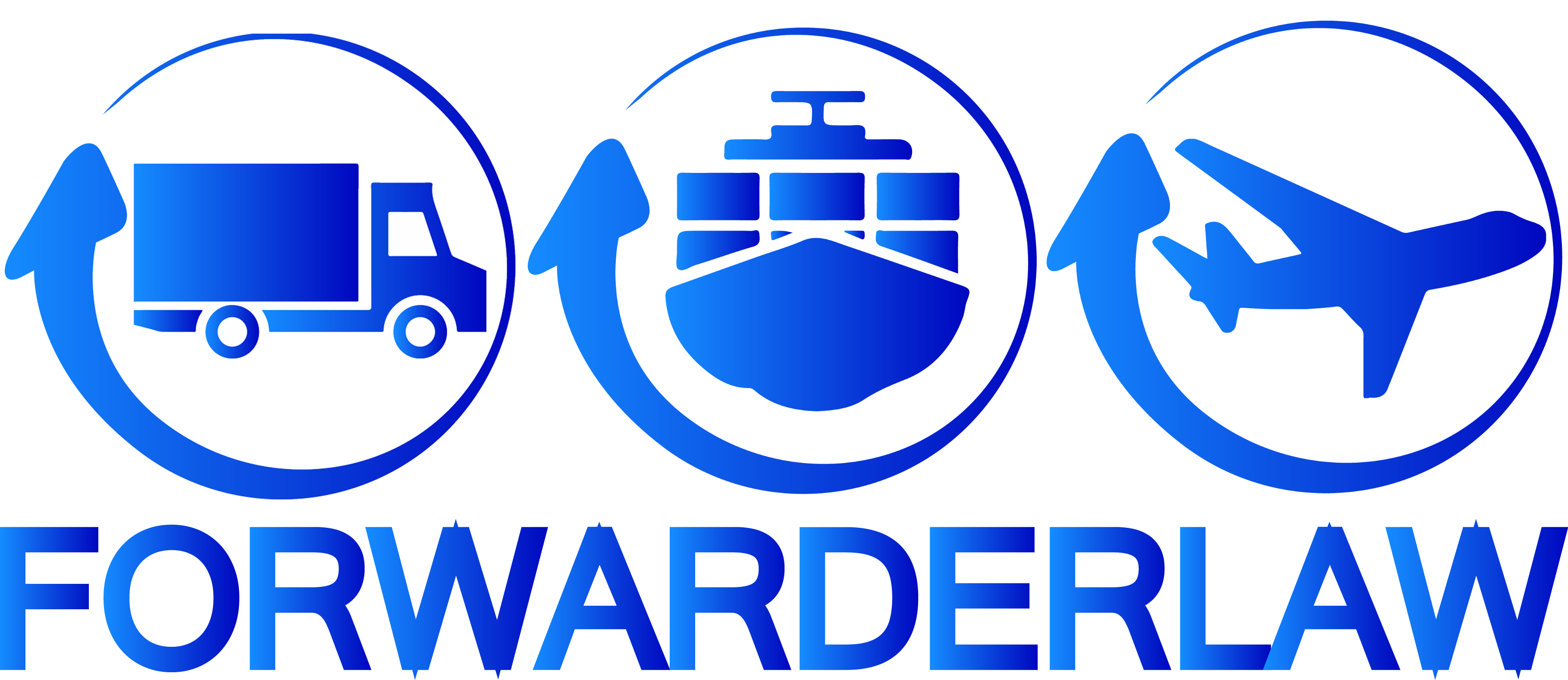Felipe Arizon, Arizon Abogados SLP, Spain
Ref: Supreme Court Judgment of 14 September 2021. The Supreme Court refuses the cassation appeal presented by the subrogated cargo insurers against the Company that carried out the lashing of the goods into the containers.
In February 2007 the cargo owners concluded a forwarding contract with a Spanish freight forwarder for the carriage of 1,260 sets of railway wagon wheel axle from Beasain (Spain) to India. The forwarders undertook the whole logistic operations of the goods from its initial departure to its destination. They subcontracted the defendants for the lashing of the goods into the containers. These works were carried out at some warehouse in Vizcaya during February 2007.
The first shipment of the goods was loaded from Bilbao under relevant bills of lading with the port of Rotterdam as destination. At the arrival of the cargo in Rotterdam it was noted that the goods had suffered severe damages during the sea carriage. The relevant survey of the goods concluded that the goods were badly lashed inside the containers, which had caused the breaking of the lashing arrangements and in turn the movement of the goods into the containers causing the damages.
A second lashing operation was carried out for the next shipment of 180 sets of wheel axles. These were shipped again from Bilbao under relevant bills of ladings with destination in Le Havre. Again, at the arrival of the cargo at Le Havre damages were detected in the goods, and the survey concluded that a poor lashing was again the cause of the cargo damage. The cargo of both shipments had to be returned to Bilbao for its salvage. The cargo insurers paid 662.703,73 € to the cargo owners for the damages and costs arising out of both shipments.
Only after about ten years, in January 2017, the subrogated insurers sued the Company that carried out the lashing of the goods and claimed the amount paid to the cargo insured. The Commercial Court concluded that the action was time barred.
On Appeal the Vizcaya Court of Appeal issued a judgment agreeing with the Commercial Court and held that in accordance with Art. 3.6 of the Hague Visby Rules as incorporated into Spanish law under the 1949 maritime law Act, the matter was time barred after the lapse of one year since the delivery of the goods. The cargo insurers took the matter to the Supreme Court in an extraordinary cassation appeal.
The grounds for the cassation appeal were two:
(i) That the lashing works were works had to be construed under the framework of the Spanish Civil Code and not in accordance with the shipping contract. The Supreme Court disagreed, it held that while it was out of question that the lashing works were works to which the Civil Code would generally apply, in the instant case the parties of the claim were not the parties to the lashing contract. The lashing contract was relevant between the forwarder and the lashing Company, but these proceedings were brought by the cargo interest against the lashing Company directly, and the cargo interest were party to the much broader shipping and logistic contract, with different phases that included the lashing of the goods. Therefore, the actions of the cargo interest arose from a broader shipping contract and not from the alleged isolated lashing contract, with the effect that such actions had to be exercised within the time prescribed for such shipping contract. The cargo interest, according to the Supreme Court, had tried the route of a direct action against the lashing Company as it was clear to them that the claim against the forwarder was time barred.
(ii) That the Hague Visby Rules were only applied to the sea carrier for the liabilities of the carrier from the moment of the shipment of the goods into the vessel. On the other hand, the lashing of the goods was carried out at a much earlier phase and the Hague Visby Rules did not extend to such period. The Supreme Court disagreed; it held that the Rules also applied to the forwarder as it has been held in reiterated judgments and that the loading of the goods included the previous lashing works. The Supreme Court remarked that the industrialization, the use of technologies, and the complexity of the maritime transportation of goods, above all with the use of containers, motivate that today these types of carriages cannot be considered as the simple movement of goods from one port to another but they include a whole number of operations to be carried out with maximum security from the warehouse of the shipper to the warehouse of the receiver. These operations include the use of different vehicles, lashing, the transshipment between vehicles, the loading and unloading from the ship.
In a final remark the Supreme Court reminded that even if the origin problem arose in an earlier faulty lashing operation, the goods suffered the damages during their sea carriage to Rotterdam and Le Havre.
This Supreme Court judgment is a useful reminder of the approach that the Spanish Supreme Court takes in respect to this type of logistic contracts. It is true that cargo insurers often need to carry out lengthy investigations to determine the causation of damages suffered during the carriage, and too frequently they find themselves facing the difficult position of having to launch a Court action before the expiry of a time bar when their investigation and procedures are not entirely completed.
Finally, while the facts of this case took place before the entry into force in 2014 of the Spanish Navigation Act, it is suggested that the outcome would remain the same following the application of the said Act.

